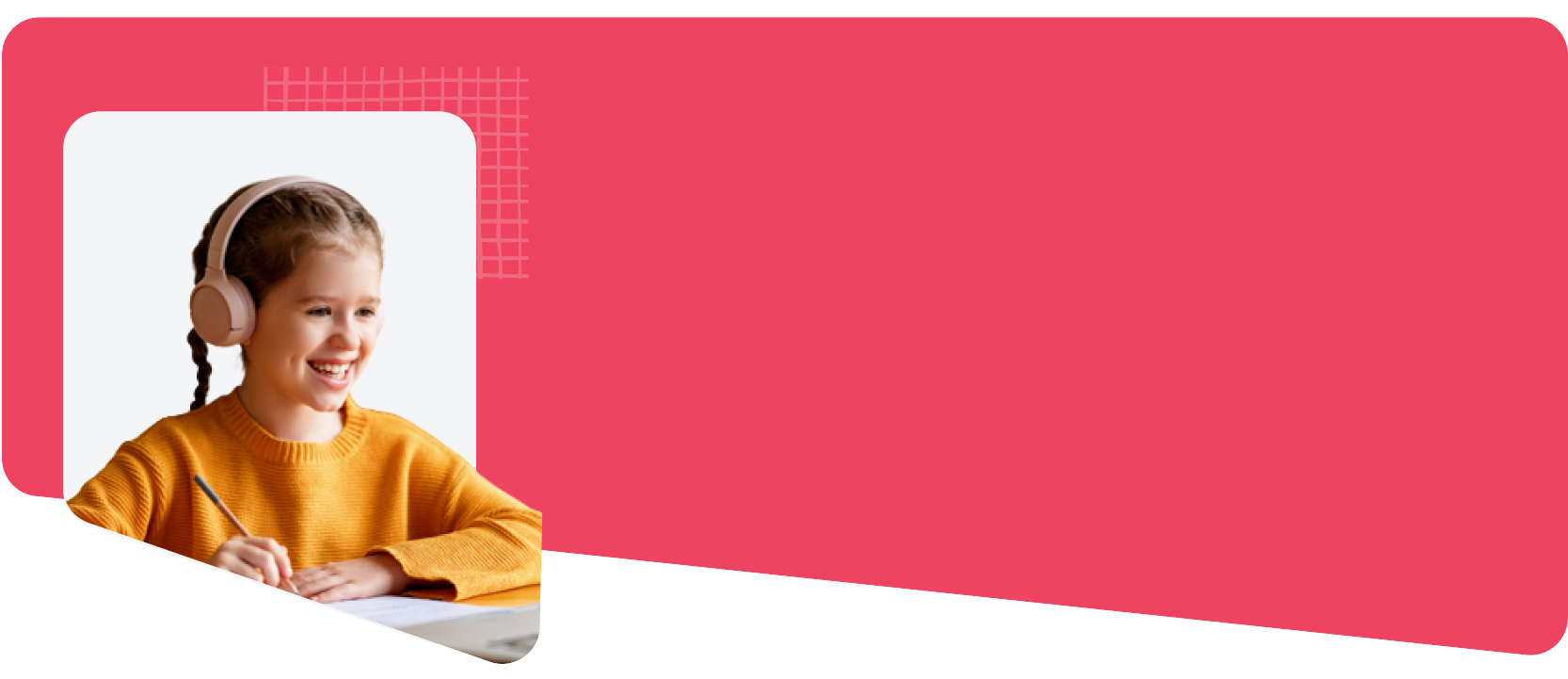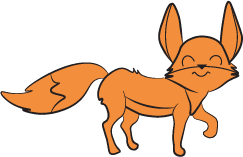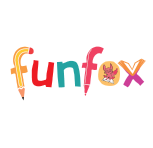Block play is more than just stacking colorful cubes. It's a cornerstone of early childhood development. Research indicates that children who engage in regular block play exhibit improved spatial reasoning, a critical skill linked to later success in STEM fields.
A study published in ScienceDirect found that semi-structured block play interventions significantly enhanced preschoolers' mathematics skills and executive functioning, essential for kindergarten readiness.
Beyond cognitive benefits, block play fosters social-emotional growth. According to the National Association for the Education of Young Children (NAEYC), block play helps children develop self-reliance, increase attention span, cooperate with others, and build self-esteem.
This article delves into the theoretical foundations of block play, explores its multifaceted benefits, and offers practical ideas to incorporate block play into early childhood education settings.
Theoretical Foundations of Block Play
From the ancient civilizations using blocks for building and creative expression to the pioneering educators of the 19th and 20th centuries, block play has a rich historical context that dates back centuries. Block play has stood the test of time as a fundamental tool for learning through play.
And there’s scientific evidence to support the benefits of block play in early childhood.
Key Theories Supporting Block Play
Block play’s importance in child development is supported by several key theoretical perspectives. Let’s take a look at some of them.
-
Piaget's theory of cognitive development emphasizes the role of play, including block play, in helping children construct knowledge and develop problem-solving skills.
-
According to Vygotsky's sociocultural theory, children learn best through social interactions and collaboration, which are inherent in block play activities.
-
As per Bronfenbrenner’s ecological systems theory, block play provides children with opportunities to explore their physical environment, manipulate objects, and engage in imaginative play, all of which contribute to their overall development.
These are among the several theoretical perspectives that highlight the significance of block play in fostering cognitive, social, and emotional development in children.
Next, let’s talk about how exactly block play can benefit your child.
Benefits of Block Play
Block play in early childhood offers numerous benefits that contribute to children's overall development. Here are some of the main benefits:
1. Cognitive Development
Block play helps children develop essential cognitive skills such as spatial awareness, problem-solving, and critical thinking. By manipulating blocks to build structures, children engage in planning, reasoning, and decision-making, which are crucial for intellectual growth.
2. Fine Motor Skills
Handling blocks, stacking them, and fitting them together require precise hand-eye coordination and fine motor skills. Through block play, children enhance their dexterity and control over their movements, which are essential for tasks like writing and drawing.
3. Mathematical Concepts
Building with blocks involves concepts like size, shape, symmetry, and counting. Children naturally explore mathematical ideas such as patterns, sequences, and geometry during block play, laying a foundation for future maths learning.
4. Scientific Concepts
Block play provides a concrete and engaging way for children to interact with physical objects. By experimenting with different configurations and observing cause-and-effect relationships, children can develop a deeper understanding of scientific concepts like gravity, balance, and weight.
5. Creativity and Imagination
Blocks are versatile toys that allow for endless possibilities and open-ended play. Children can use blocks to create imaginative worlds, stories, and scenarios, fostering creativity, self-expression, and narrative skills.
6. Social Skills
Block play often involves collaboration, negotiation, and communication among children. By building structures together, children learn to share, take turns, and work cooperatively, developing essential social skills and building relationships with peers.
Also Read: Funfox Guide for Strong Communication Skills in Kids
7. Emotional Regulation
Engaging in block play can help children manage their emotions and cope with frustration. As they encounter challenges and setbacks while building, children learn persistence, resilience, and problem-solving strategies, promoting emotional well-being.
8. Language Development
Block play provides opportunities for rich vocabulary development as children describe their creations, discuss their ideas, and communicate with others during collaborative building projects. This enhances language skills and promotes verbal expression.
Block play provides a dynamic and engaging environment for children to develop essential physical, mental, and emotional skills. Through this kind of play, they also learn skills that support their overall learning and development in a fun and meaningful way.
In fact, block play is so effective in promoting learning, that the way it benefits children evolves as children get more engaged in it.
Stages of Block Play and How Children's Engagement Evolves
As children engage more with block play, they progress through a series of developmental stages that showcase their growing cognitive and social skills.
1. Exploratory Stage (Ages 1-2)
At this early stage, block play is primarily about exploration. Infants and toddlers are discovering the tactile properties of the blocks, how they feel, how they can stack or knock down, and how they can be moved around.
Key Characteristics:
-
Manipulation: Children at this age focus on grasping, banging, and placing blocks in various ways. The purpose is more about sensory exploration than creating anything specific.
-
Cause and Effect: Toddlers are learning that stacking blocks can lead to them tumbling over, experimenting with balance and gravity.
Developmental Benefits:
-
Enhances fine motor skills through grasping and placing.
-
Introduces the concept of cause and effect.
2. Building and Stacking Stage (Ages 2-3)
As children reach the ages of two and three, their ability to stack and build begins to emerge. They start to understand the concept of creating simple structures and may engage in basic building projects.
Key Characteristics:
-
Stacking Blocks: Children begin to stack blocks vertically or horizontally, often making simple towers or structures. The focus is on building height and form.
-
Imitation: Children often mimic adults or older peers by building similar shapes or structures.
Developmental Benefits:
-
Improves hand-eye coordination and spatial awareness.
-
Encourages problem-solving as children figure out how to balance blocks.
3. Constructive Play Stage (Ages 3-4)
At this stage, children’s creativity starts to take over as they move beyond simple stacking and begin to construct more intentional structures. The focus shifts from basic construction to more imaginative and complex building.
Key Characteristics:
-
Complex Structures: Children begin to build more intricate and detailed structures, such as bridges, houses, and walls, using their imagination.
-
Purposeful Play: Blocks are used to create specific objects, and children begin to understand the concept of construction with a purpose (e.g., building a house for a toy).
Developmental Benefits:
-
Develops problem-solving and planning skills.
-
Promotes creativity and imaginative thinking.
4. Symbolic Play Stage (Ages 4-5)
By the time children reach ages four to five, their block play often takes on a more symbolic and pretend-play element. This is when block structures become representations of real-world objects or settings.
Key Characteristics:
-
Imaginative Play: Children start using blocks to create environments or scenarios, like building cities, roads, or playhouses, often incorporating dolls, cars, or other figures.
-
Storytelling with Blocks: Block structures begin to serve as the backdrop for imaginative storytelling and role-playing games.
Developmental Benefits:
-
Encourages narrative development and storytelling skills.
-
Enhances social interaction and collaboration in group play.
5. Collaborative Stage (Ages 5 and Up)
As children grow older, their block play becomes increasingly social. They begin to work with peers or adults to create larger, more complex structures, sharing ideas and problem-solving together.
Key Characteristics:
-
Cooperative Play: Children work together to build larger projects, such as castles, cities, or roads. They engage in conversations and negotiate with others about what to build and how to build it.
-
Shared Goals: Block play at this stage often involves setting goals (e.g., building the tallest tower) and dividing tasks among group members.
Developmental Benefits:
-
Fosters teamwork, communication, and negotiation skills.
-
Enhances understanding of group dynamics and shared goals.
By observing, facilitating, and supporting children's engagement with blocks, you can help them build a wide range of essential skills and competencies.
Facilitating Block Play
Block play may seem like a simple activity, but it holds immense potential for cultivating essential skills and nurturing young minds. That is why it is important to step back, observe, and thoughtfully guide children's explorations, allowing them to lead the way and unleash their inherent creativity.
As adults, our role is to facilitate block play, not to dictate the outcome. Because open-ended play is what helps children in developing their critical thinking, problem-solving, and other essential skills. By providing ample time, space, and resources, we can empower children to construct their own worlds, experiment with new possibilities, and ultimately, grow into confident, independent learners.
However, it is also our responsibility to ensure that children are playing in a safe environment, hence we need to establish some rules for the same.
Establishing Clear Safety and Rules for Engaging Block Play
Setting up a safe and structured environment is crucial for young children to explore and learn effectively. Here are some rules you may consider implementing:
-
Start by introducing soft, large blocks for the youngest participants, gradually transitioning to smaller, more complex building materials as they grow older and demonstrate increased coordination and responsibility.
-
Clearly communicate height restrictions and other safety measures to prevent accidents and foster a sense of respect for one another's creations.
-
Introduce a consistent cleanup routine that’s also fun, like a cleanup song activity. It not only keeps the play area organized but also teaches children the valuable life skill of taking responsibility for their actions and the shared space.
-
Encourage cooperative and considerate play, guiding children to share materials, take turns, and celebrate each other's accomplishments.
By taking a safety-first approach to block play, you can create a stimulating, enriching environment that allows children to explore and learn without compromising their well-being. With the right rules and supervision, block play becomes a cherished part of the childhood experience, nurturing creativity and social-emotional growth.
With that out of the way, we can finally get to the fun stuff – different ideas for block play.
Block Play Activities and Ideas
How do you take a set of blocks and a group of children, and design block play activities to initiate the learning-by-playing process?
-
Introduce Different Types of Blocks: Provide a variety of block shapes, sizes, colors, and textures to spark children's curiosity and creativity. Include wooden blocks, foam blocks, magnetic blocks, or even recycled materials like cardboard boxes or plastic containers for diverse building options.
-
Theme-Based Challenges: Set up themed challenges or prompts to inspire imaginative play. For example, challenge children to build a castle, a spaceship, a zoo, or a cityscape using blocks.
-
Add Props and Accessories: Enhance block play by incorporating props and toy figures, vehicles, animals, trees, or even everyday items like pillows and blankets to create immersive worlds and scenarios for imaginative play.
-
Incorporate Sensory Elements: Make block play sensory-rich by incorporating materials that stimulate different senses. Add scented blocks, textured blocks, or blocks with sound effects to create a multisensory experience that engages children's senses and imagination.
-
Create Building Challenges: Organize building challenges or competitions to make block play more interactive and exciting. Challenge children to build the tallest tower, the longest bridge, the most creative structure, or to replicate a specific design.
-
Outdoor Block Play: Take block play outdoors to explore new environments and opportunities for building. Set up a block play area in the backyard, at the park, or on the beach to incorporate natural elements and outdoor exploration into the building experience.
As you can see, block play is not just about stacking blocks, knocking them over, and starting again. By incorporating different elements and approaches, it can become an exciting learning experience for children.
In fact, block play can also be used to teach children about specific scientific and mathematical concepts.
Activities Focusing on Scientific and Mathematical Learning
Here are some block play activities that focus on scientific and mathematical learning:
-
Building Bridges: Challenge children to design and build bridges using blocks, which teaches them about concepts such as stability, balance, and weight distribution.
-
Shape Sorting and Patterning: Use blocks of various shapes and colors to engage children in shape sorting and patterning activities. This activity helps develop spatial awareness, pattern recognition, and classification skills.
-
Measuring and Comparing Heights: Have children use blocks to measure and compare the height of structures they build. This activity introduces basic measurement concepts and helps children develop quantitative reasoning skills.
-
Exploring Symmetry and Reflection: Introduce the concept of symmetry by challenging children to create symmetrical structures using blocks.
-
Counting and Number Recognition: Incorporate numeracy skills into block play by asking children to count, add, subtract, or recognize numbers displayed on blocks.
-
Exploring Geometry: Challenge children to create geometric shapes (e.g., triangles, squares, rectangles) using blocks, explore concepts of congruence and similarity, or identify geometric properties in their block structures.
These block play activities can provide valuable opportunities for children to explore scientific and mathematical concepts in a hands-on, experiential way, while still being fun and interactive.
These block play ideas not only foster cognitive development but also cultivate a sense of accomplishment and pride as children bring their imaginative visions to life.
Conclusion
Block play is far more than a simple activity in early childhood; it is a powerful tool for cognitive, social, and emotional development. Through the engaging process of building, stacking, and problem-solving, children develop essential skills that lay the foundation for later academic and personal success. The theoretical foundations and numerous benefits of block play highlight its critical role in fostering creativity, spatial reasoning, and cooperative skills.
As we’ve explored, the importance of play-based learning cannot be overstated. Play is a natural way for children to explore their world, and block play exemplifies how learning through play fosters essential skills like critical thinking, collaboration, and communication.
Incorporating block play into daily routines is a simple yet profound way to enhance children's learning experiences. Educators and caregivers should embrace this natural, enjoyable form of play as a cornerstone of their approach, understanding that its benefits extend far beyond the blocks themselves, helping children build the cognitive and social skills that will serve them for years to come.










